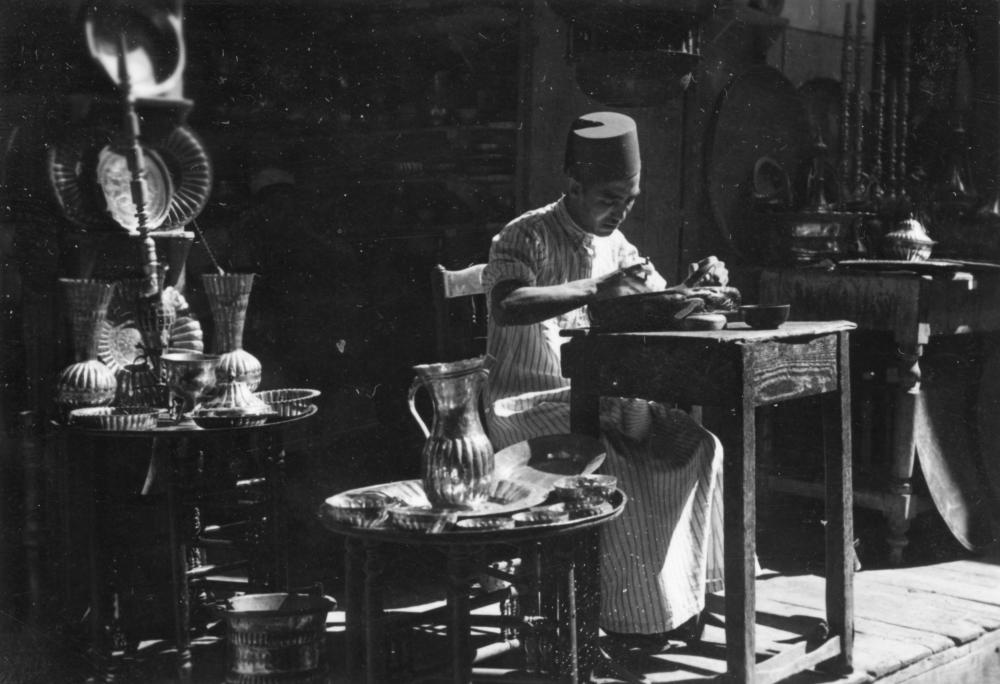Ailsa (http://wheresmybackpack.wordpress.com) proposed Summer for her photo challenge last week and I was inspired to look long and hard for the right photo to submit. There were no summery images in the war album of photos taken when my father was serving in the Middle East, during the northern winter! So I had to resort to my own recent photos. Now, coincidentally, here’s that summer theme again on this week’s WordPress photo challenge. But I don’t feel disappointed because I have a photo I’ve looked at many times and wondered what theme I could use it for – and low and behold, coincidentally again, Ailsa has put out a new challenge… for Street Markets.












